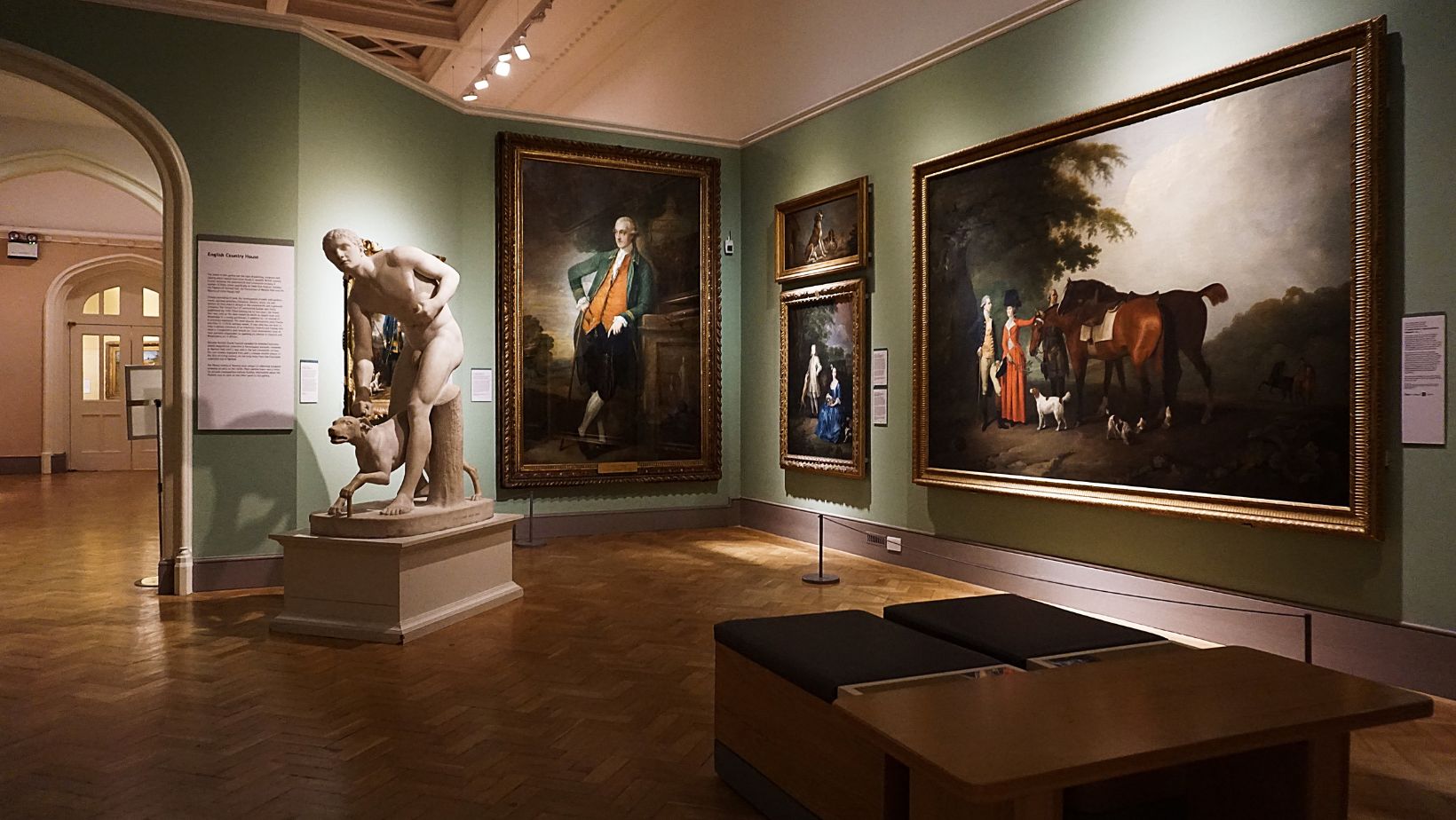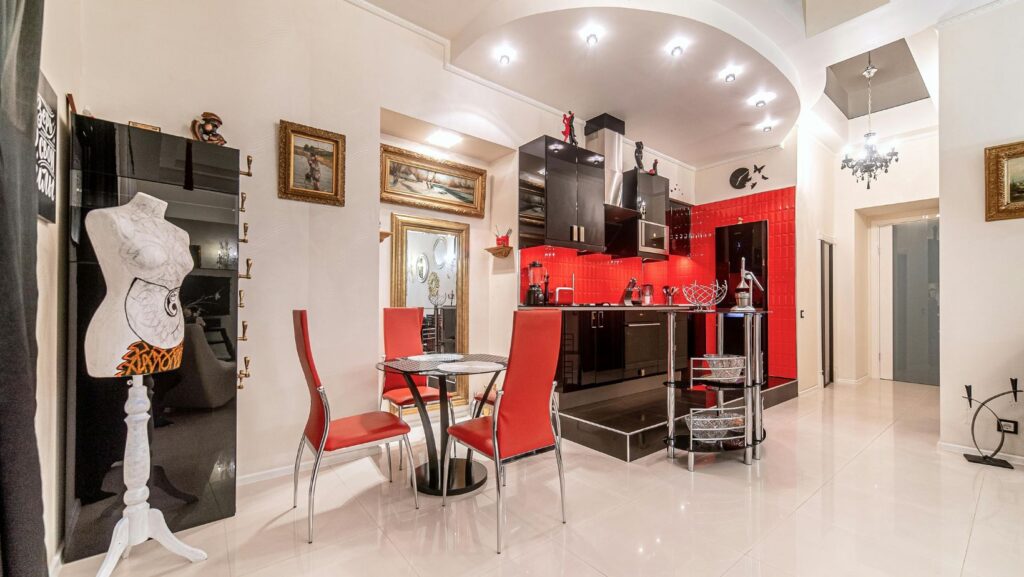Fine art is more than just decor—it’s an investment, a legacy, and often, a one-of-a-kind piece that holds immense value and enhances your home interior. When relocating, many people assume that protective wrapping and sturdy boxes are enough to safeguard their collection. And sure, malfunctioning equipment can be annoying and dangerous. However, moving expensive artwork calls for a specialized approach that goes far beyond basic supplies. From vetting moving professionals to using custom crates and climate control, every step demands precision.
Researching Moving Companies Before Trusting Them with Fine Art
Not every mover is qualified to handle high-value art. Choosing the wrong company can lead to irreversible damage, lost items, or even theft. Artwork is often fragile and sensitive to vibration, pressure, and climate shifts. Without experience, a mover might mishandle a frame, misplace a sculpture, or pack valuable pieces with inadequate padding. In order to prevent such issues, research is essential. Not all movers are equal, and only a small percentage specialize in transporting valuable art. Look for companies with documented experience, insurance coverage that meets or exceeds the value of your collection, and a clear process for handling delicate cargo.
Online reviews are one of the most useful tools available. Verified customer experiences offer insight into the quality of service, attention to detail, and overall professionalism. Resources like Verified Movers Reviews make it easier to compare art moving specialists and see how they’ve handled previous projects. Taking the time to research saves money and preserves your collection. A few hours spent reading reviews and checking references can prevent costly mistakes, offering peace of mind and reliable handling throughout the move.
Insurance That Matches the Value of Your Collection
Even with the best planning, accidents can happen. That’s why proper insurance coverage is a critical part of any fine art move. Homeowner’s insurance rarely covers full value, especially during transit. Instead, fine art insurance provides a dedicated safety net tailored to the unique risks associated with moving valuable pieces.
Start by conducting an up-to-date appraisal of each item. This helps ensure your coverage reflects the true market value.

Then, speak to your mover about their liability limits and options for additional coverage. If the moving company specializes in fine art, they should offer a policy or be able to connect you with a provider who does. Also, review the policy details carefully. Make sure it covers every phase of the move—packing, loading, transit, unloading, and installation. Some policies also include restoration coverage in case minor repairs are needed post-move. Insurance is your final line of defense. It’s not just a formality—it’s a proactive step to protect often irreplaceable assets.
The Necessity of Specialized Packing Techniques
One-size-fits-all packing does not apply to valuable artwork — especially unique pieces that go beyond interior design trends. Additionally, unlike furniture or appliances, artwork varies widely in shape, material, and fragility. Paintings with ornate frames, glass-covered drawings, and delicate sculptures all require individualized protection. Custom crating is often a necessity. Wooden crates designed for specific pieces provide a secure fit, limit movement, and protect against impact during transport. These crates can also be designed with climate control options, reducing exposure to humidity and temperature fluctuations.
Additionally, wrapping materials should meet museum standards. Acid-free tissue, foam corners, and shock-absorbing padding help maintain both surface and structural integrity. In some cases, anti-static wrap may be required for mixed-media or modern art pieces containing electronic elements or special finishes. These specialized materials and methods aren’t just for show—they’re essential for preserving conditions, especially when art travels over long distances or across varying environments.
Climate Control and Environmental Considerations
Environmental conditions pose a silent threat to fine art, potentially ruining your new, unique decor pieces. Even minimal exposure to high heat or excess moisture can result in warping, fading, or mold growth. That’s why climate control isn’t optional—it’s a core part of any professional fine art relocation plan. Whether transporting a Renaissance-era painting or a contemporary glass sculpture, maintaining a stable environment is key. Temperature-controlled trucks, humidity monitors, and airtight containers help preserve pieces throughout transit.
Many professional services also provide short-term climate-controlled storage, which is ideal if your new space isn’t ready or if you’re staging a property. These storage facilities are equipped to keep your collection safe from dust, pests, and moisture. Environmental stability ensures your investment remains intact during and after the move. When moving expensive artwork, protection against the unseen—temperature shifts, vibrations, and air pollutants—is just as important as shielding it from physical damage.
The Value of Working with Professional Art Handlers
Specialized art handlers are not typical movers. These professionals are trained to manage art collections with the care and knowledge of museum staff. They understand proper handling, are skilled at using custom equipment, and often have backgrounds in fine art, conservation, or curation. Art handlers coordinate with movers to ensure smooth transportation and setup when relocating art, especially large or delicate pieces.

They can advise on the best packing methods, manage installation at the new location, and help document conditions before and after transit.
This partnership is particularly valuable for galleries, collectors, and institutions moving multiple pieces. It guarantees continuity of care from the first moment a piece is lifted off the wall to its placement in a new home. Professional art handlers add a layer of security that even the best mover can’t always provide alone. Their expertise ensures your artwork is treated as the prized collection it is, not just as another item in a moving truck.
Inspection and Documentation Upon Arrival
Once the move is complete, inspection is key. Don’t assume all is well just because the boxes look intact. Open each package carefully and document the condition of every piece. Take high-quality photos from multiple angles and compare them to pre-move documentation if available. If anything is amiss, report it immediately. Delays can complicate insurance claims and limit options for repair or restoration.
Many art movers include post-move reports as part of their service, making it easier to track each step and hold responsible parties accountable. Proper documentation is not just a final task—it’s a necessary step in protecting the long-term value and condition of your collection.
Final Thoughts
Every detail matters in the luxury design space—and artwork is no exception. Moving expensive artwork is a task that goes beyond the usual checklist. It requires a high level of planning, expert coordination, and specialized resources to ensure each piece arrives safely and maintains its condition.
